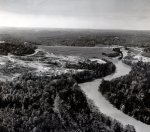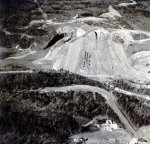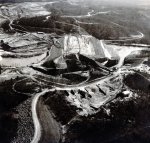Buford_Dawg
Senior Member
My wife's family are all Buford originals. I have listened many a evening sitting on the porch with her grandfather about the lake and damming it up, etc.... He got to watch every bit of it. Very interesting conversation, he left us about 10 years ago at age 97. He hunted all the land around buford dam, along Hwy 20 on both sides of the river, said they mostly rabbit and squirrel hunted back in those days, not many deer around. I miss his story telling. He had several books telling the story of the dam building and lake lanier as it was built out, I assume my MIL has them now.






































